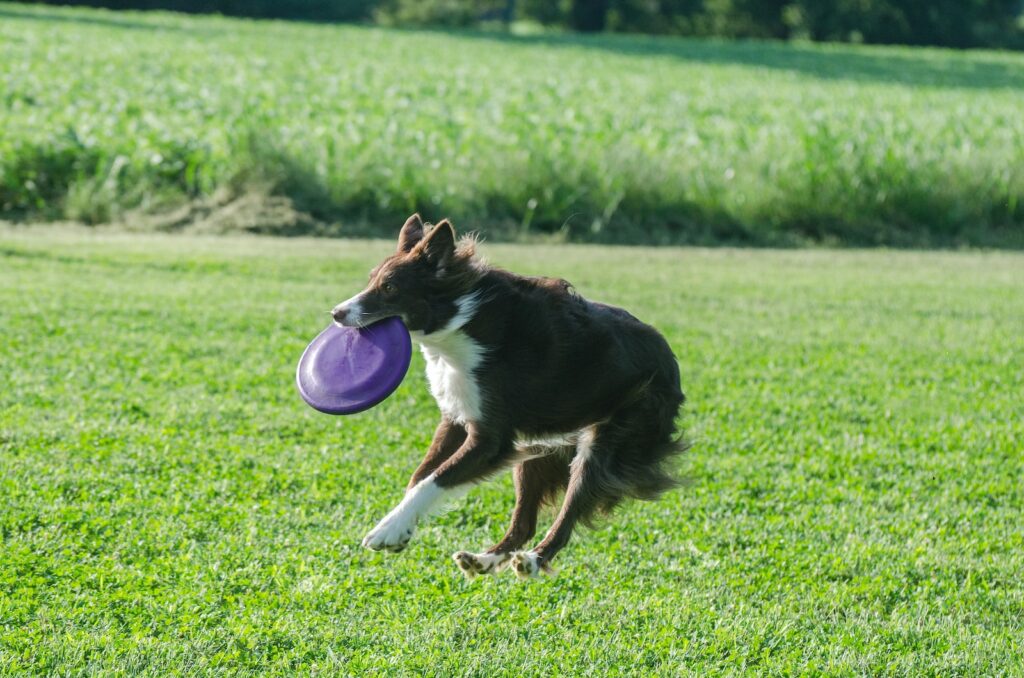Can Dogs Eat Fish? — Yes, They can
Fish can be a healthy addition to a dog’s diet. It is rich in essential nutrients and can provide numerous benefits for your furry friend. However, there are certain precautions and considerations to keep in mind when feeding fish to dogs.
Can Puppies Eat Fish?
Puppies can eat fish, but it should be introduced gradually and in moderation. Their immature digestive systems may not be able to handle certain types of fish or large quantities. It is advisable to consult with a veterinarian before incorporating fish into a puppy’s diet.
Things to consider when feeding fish to puppies?
When feeding fish to puppies, it is important to ensure that it is cooked thoroughly and deboned to prevent any potential choking hazards. Additionally, certain types of fish, such as salmon, may contain high levels of mercury, which can be harmful to puppies. Therefore, it is crucial to choose fish that is safe and suitable for their delicate systems.
Nutritional Benefits of Fish for Dogs — Why Fish is Good for Dogs?
1. Omega‑3 Fatty Acids:
Fish, especially fatty fish like salmon and mackerel, is a great source of omega‑3 fatty acids. These essential fatty acids contribute to a healthy coat, promote cognitive function, and support joint health in dogs.
2. Protein:
Fish is rich in high-quality protein, which is crucial for building and repairing tissues in dogs. It provides them with the necessary amino acids for optimum growth and development.
3. Vitamins and Minerals:
Fish contains various vitamins and minerals, including vitamin D, vitamin B12, selenium, and potassium. These nutrients play a vital role in maintaining a strong immune system, promoting bone health, and supporting overall well-being in dogs.
4. Low in Saturated Fat:
Fish is a lean protein source that is low in saturated fat, making it a healthier alternative to some other meat options. This can be beneficial for dogs that need a low-fat diet due to certain health conditions.
5. Improved Skin and Coat Health:
The omega‑3 fatty acids found in fish help nourish the skin and coat, reducing itchiness and inflammation. This can lead to improved skin and coat health, resulting in a shiny and lustrous appearance.
Potential Allergies: Can Dogs Be Allergic to Fish?
While fish is generally safe for most dogs, some dogs may develop allergies to fish. Common symptoms of fish allergies in dogs include itching, hives, digestive upset, and respiratory issues. If you suspect your dog is allergic to fish, it is best to consult with a veterinarian for proper diagnosis and guidance.
Symptoms of Fish Allergies in Dogs
- Itching and skin irritation
- Hives or rash
- Vomiting or diarrhea
- Swelling, particularly around the face, lips, or eyes
What to Do If Your Dog Shows Symptoms?
- If your dog displays any of the symptoms mentioned above after consuming fish, it is crucial to stop feeding them fish immediately.
- Contact your veterinarian for further evaluation and guidance.
- Your vet may recommend allergy testing or an elimination diet to determine the exact cause of the allergic reaction.
Recommended Amount: How Much Fish Can a Dog Consume?
The recommended amount of fish for dogs depends on their size, age, and overall health. As a general guideline, fish should make up no more than 10% of a dog’s daily caloric intake. It is always best to consult with your veterinarian to determine the appropriate amount for your individual dog.
Things to Consider When Feeding Fish to Dogs
When feeding fish to dogs, it is essential to follow these precautions:
- Ensure the fish is thoroughly cooked to kill any potential parasites.
- Remove all bones to prevent choking hazards.
- Choose fish with low mercury content, such as wild-caught salmon, trout, or whitefish.
- Avoid seasoning or adding any harmful ingredients like garlic, onions, or excessive salt.
How to Feed Fish to Dogs: A Quick Guide
Treating your dog to fish can be a delightful and nutritious experience. Here are a few recipe ideas:
Baked Salmon Delight
Ingredients:
- 1 salmon fillet
- 1 tablespoon of olive oil
- Fresh dill (optional)
Instructions:
- Preheat the oven to 350°F (175°C).
- Place the salmon fillet on a baking sheet lined with parchment paper.
- Drizzle olive oil over the salmon and sprinkle with fresh dill if desired.
- Bake for 15–20 minutes or until the fish flakes easily with a fork.
- Allow it to cool, debone if necessary, and serve a suitable portion to your dog.
Grain-Free Fish and Sweet Potato Stew
Ingredients:
- 1 cup of fish (such as cod, haddock, or tilapia), cooked and flaked
- 1 cup of sweet potatoes, cooked and mashed
- 1/2 cup of green beans, cooked and chopped
- 1/4 cup of carrots, cooked and diced
Instructions:
- In a bowl, mix all the ingredients together until well combined.
- Serve an appropriate portion of the stew to your dog, considering their size and dietary needs.
Conclusion
Fish can be a healthy and beneficial addition to a dog’s diet. It provides essential nutrients, such as omega‑3 fatty acids, protein, and vitamins, which contribute to overall well-being. However, it is important to introduce fish gradually, follow the recommended guidelines, and watch for any signs of allergies or sensitivities. By incorporating fish responsibly, you can offer your beloved canine companion a nutritious and enjoyable culinary experience.





